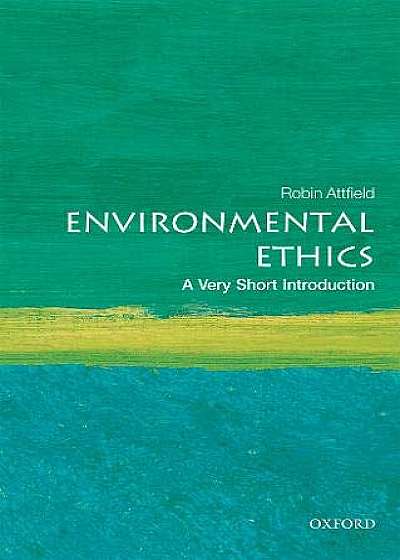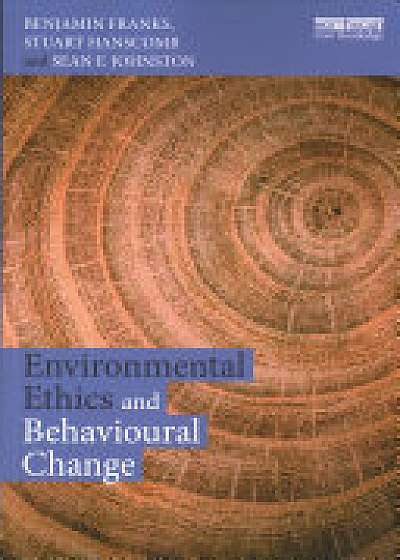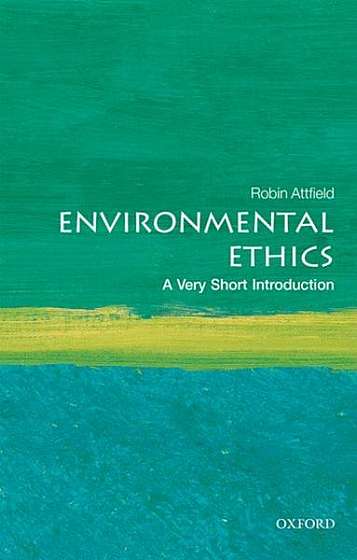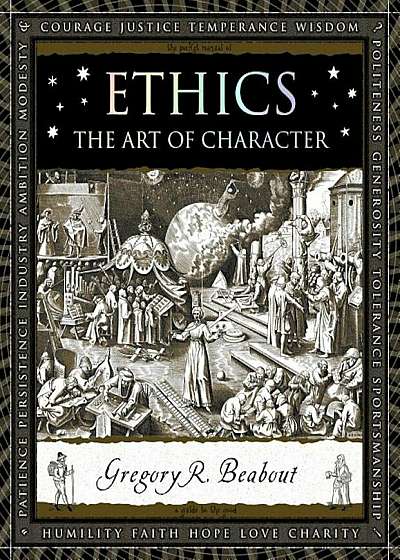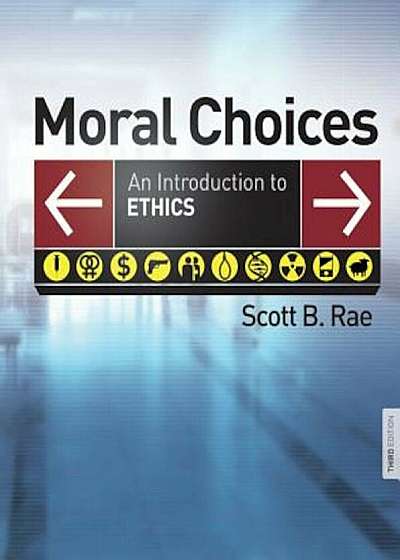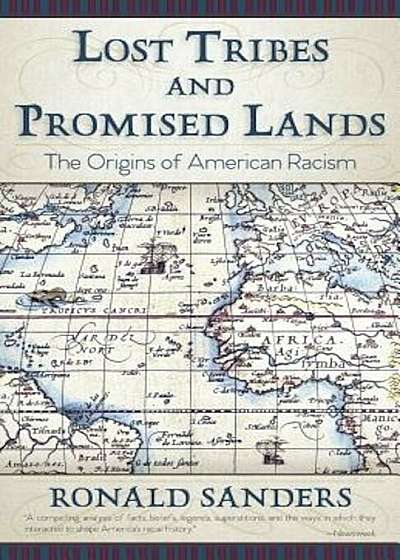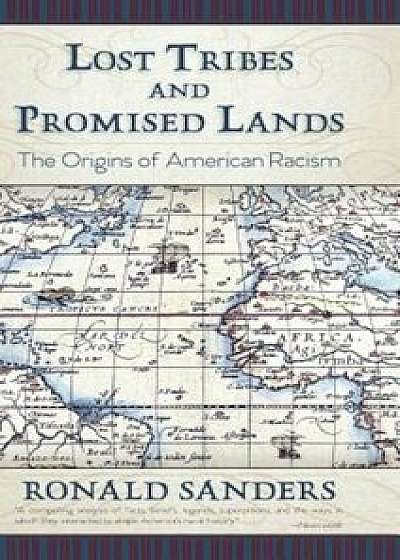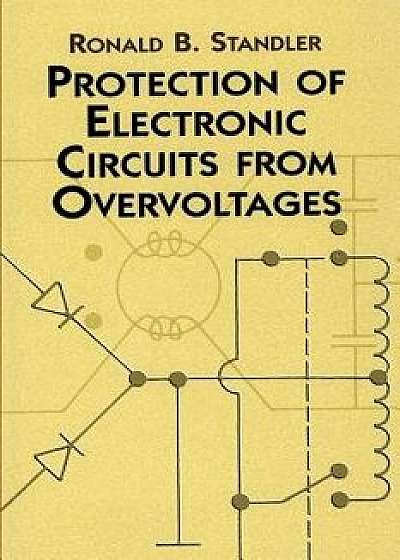
Environmental Ethics
Descriere
An accessible yet rigorous introduction to the field, Environmental Ethics: Theory in Practice helps students develop the analytical skills to effectively identify and evaluate the social and ethical dimensions of environmental issues. Covering a wide variety of theories and critical perspectives, author Ronald Sandler considers their strengths and weaknesses, emphasizes their practical importance, and grounds the discussions in a multitude of both classicand contemporary cases and examples. FEATURES * Discusses a wide range of theories of environmental ethics, representing their strengths and weaknesses as charitably as possible without advocating for any particular theory, thereby encouraging students to think critically about which views are well justified and which are not * Extensive use of cases and examples links theoretical and practical issues and shows how environmental issues have both social and ecological components; issues covered include climate change, species conservation, ecological economics, consumption, environmental justice, intergenerational justice, genetically modified crops, animal agriculture, population, environmental rights, and food security, among many others * Incorporates both classic and cutting-edge cases and examples; iconic cases include the spotted owl, Bhopal chemical link, and Hetch Hetchy controversies, while contemporary cases include lead contamination of Flint, Michigan's water supply and innovations is conservation genetics, including conservation cloning, deextinction, and gene drives * Covers food ethics—addressing such topics as genetic engineering, food systems, food waste, and eating animals—and technology ethics, reflecting on technological power and the role of technology in creating and responding to environmental issues * Emphasizes the social justice dimensions of environmental problems with chapters on environmental justice, food security, ecofeminism, and more * Includes text boxes that provide extended discussions of cases; thought experiments; additional coverage of theoretical issues discussed in the main text; and exercises that ask students to apply theories or reflect on how theoretical issues intersect with practical problems * Provides numerous pedagogical aids including review questions, discussion questions, key terms and additional reading lists at the end of each chapter, extensive internal cross-referencing, a glossary of key terms and concepts, and more than thirty images, illustrations, tables, and graphs
